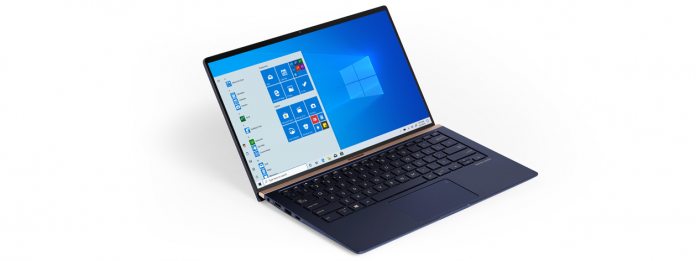Microsoft is starting to wind down support for Windows 10. According to the company, last year's Windows 10 22H2 will be the last version of the OS. This means after the release there will be no more new features coming to the legacy platform.
This announcement does not change Microsoft's long terms plans for Windows 10. The company is still committed to supporting the OS until 2025. However, this will include providing security updates only over the final three years of service.
“The current version, 22H2, will be the final version of Windows 10, and all editions will remain in support with monthly security update releases through that date. Existing LTSC releases will continue to receive updates beyond that date based on their specific lifecycles.”
Windows 10 was launched in 2015 as a “service” that would receive regular updates and new features. However, Microsoft has decided to move on from the operating system and focus on Windows 11, which offers a redesigned interface, improved performance, and new features such as Android app support and Snap Layouts.
Windows 11 was announced in June 2021, launched in October of the same year, and became available to everyone with a compatible device in May 2022. Windows 10 22H2 was released in October 2022 and reached widespread deployment in November 2022. It was a minor update that mainly focused on bug fixes and security improvements.
Ending Features but Keeping Security
Microsoft says that it will continue to provide monthly security updates for Windows 10 until October 14th, 2025, when it will end support for the operating system. Some releases on the Long-Term Servicing Channel (LTSC), which are designed for devices that need stability and reliability, will get updates past that date.
This move was inevitable – even if some may be surprised Microsoft is ending feature support so soon. Although, with the company ending sales of Windows 10 downloads in January 2023, the decision was just a matter of time.
Tip of the day: Windows Update downloads can often be frustrating because they are several gigabytes in size and can slow down your internet connection. That means your device may work with reduced performance while the update is downloading. In our guide we show you how to limit bandwidth for Windows Update downloads, so they won't bother you again.






